We may not have the course you’re looking for. If you enquire or give us a call on +41 315281584 and speak to our training experts, we may still be able to help with your training requirements.
We ensure quality, budget-alignment, and timely delivery by our expert instructors.
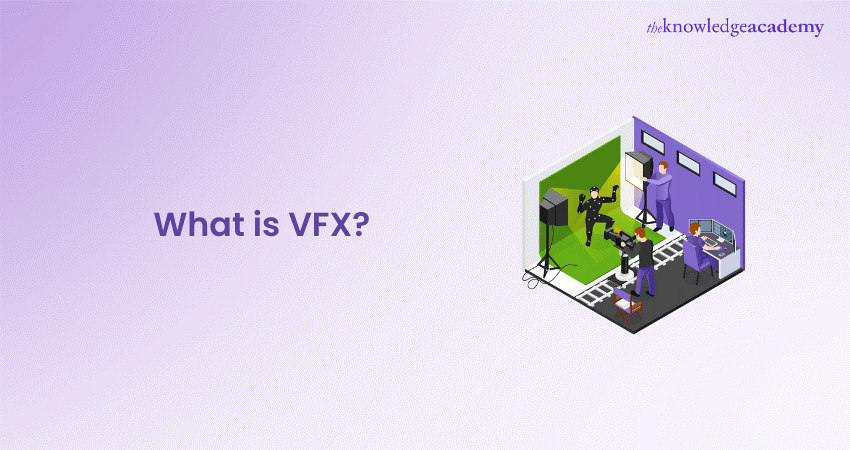
Ever wondered how a superhero soars through the sky or how dinosaurs come alive on screen? The answer lies in the fascinating world of VFX! What is VFX? It's the magic behind the movies, the unseen force that transforms a simple shot into a visually breathtaking spectacle.
If you've ever been captivated by a fantastical creature or a mind-bending explosion that seemed real, then you've experienced the power of VFX. This comprehensive blog explaining What is VFX will unveil the mystery behind this filmmaking superpower. We'll explore the different types of VFX, how they're created, and the history of this ever-evolving art form. By the end, you'll gain a newfound appreciation for the creativity and technical wizardry that brings our favourite movies to life!
Table of Contents
1) What is VFX?
2) Various Types of VFX
3) How Do I Create VFX?
4) Software to Create VFX
5) What are the differences between SFX and VFX?
6) Conclusion
What is VFX?
Visual Effects, commonly known as VFX, refer to the creation, alteration, or enhancement of images for films and other media in scenes that are not captured during live-action filming. VFX typically involves blending actual footage with these altered images to craft environments that appear believable within their context.
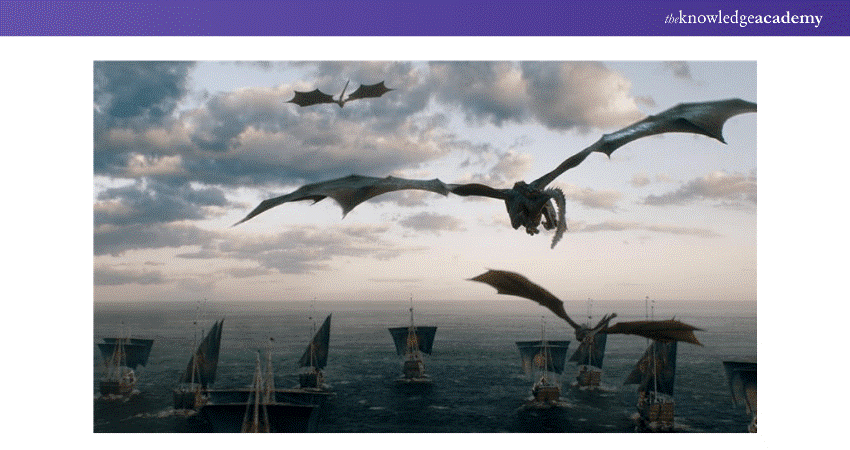
Such environments may be too perilous to film in reality or may be entirely fictional. This process utilises computer-generated imagery (CGI) and specialised VFX software. VFX producers work closely with directors and cinematographers to identify which scenes necessitate the use of green screens for later VFX addition.

In contrast to VFX, Special Effects (SFX) are executed live on the set and include practical effects like controlled explosions and simulated injuries. They do not require post-production computer work. For instance, the dragons soaring across the skies in “Game of Thrones” or the spacecraft navigating the cosmos in “Star Wars” are examples of Visual Effects.
Various Types of VFX
Here are the various types of VFX:
Matte Painting
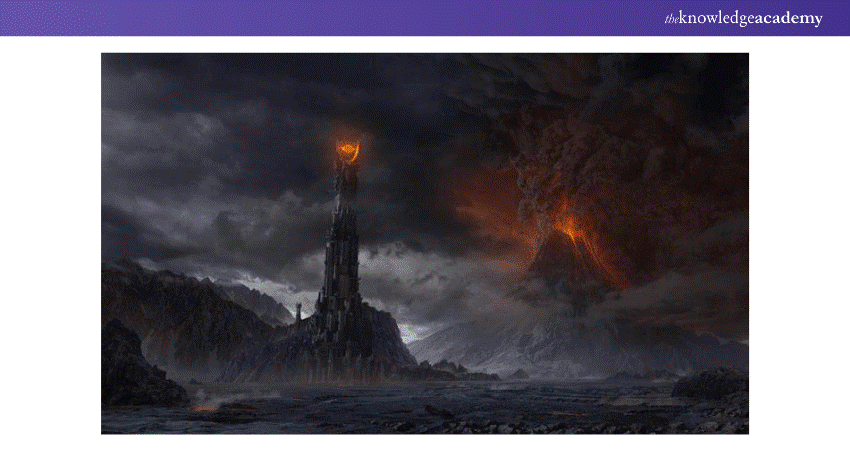
Traditional matte painting involved filming against painted backdrops on glass to simulate expansive sets. Today, it’s a digital compositing form where artists create backgrounds that are later combined with live-action footage. Shows like “Game of Thrones” frequently utilised digital matte paintings to generate vast fantasy landscapes.
Computer-Generated Imagery (CGI)
Initially, CGI (Computer-Generated Imagery) referred to the creation of 2D images like text, static objects, and backgrounds using computer software. Nowadays, CGI predominantly involves crafting or enhancing 3D environments, characters, and elements that are not present on set, which is a key distinction when discussing VFX vs CGI.
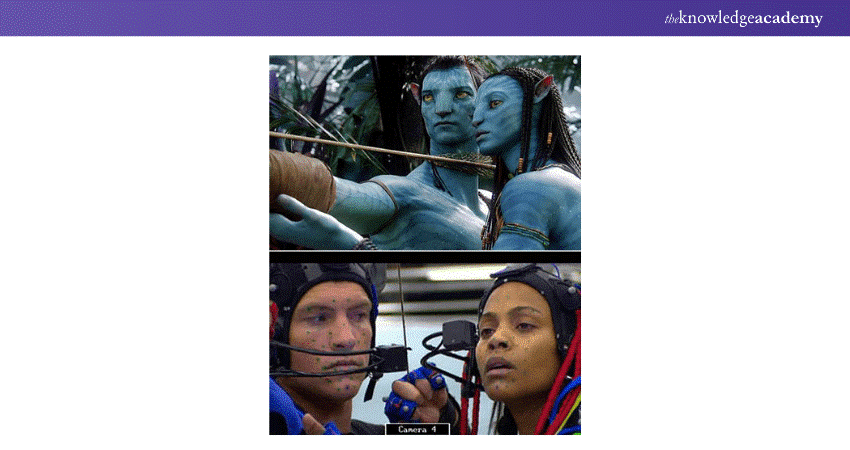
In large projects, CGI has multiple applications. For instance, during pre-production, CGI artists might develop a 3D animated model of a scene, known as “previsualization” or “pre-viz,” to assist filmmakers in planning and modifying shots. This technique is also employed to construct entire scenes, set pieces, and sequences with VFX artists utilising algorithms and computers.
Compositing
Compositing is the process of merging two or more images to create the illusion of a single shot. A common technique in filmmaking is chroma key compositing, or “green screen,” where actors and props are filmed against a green (or sometimes blue) backdrop.
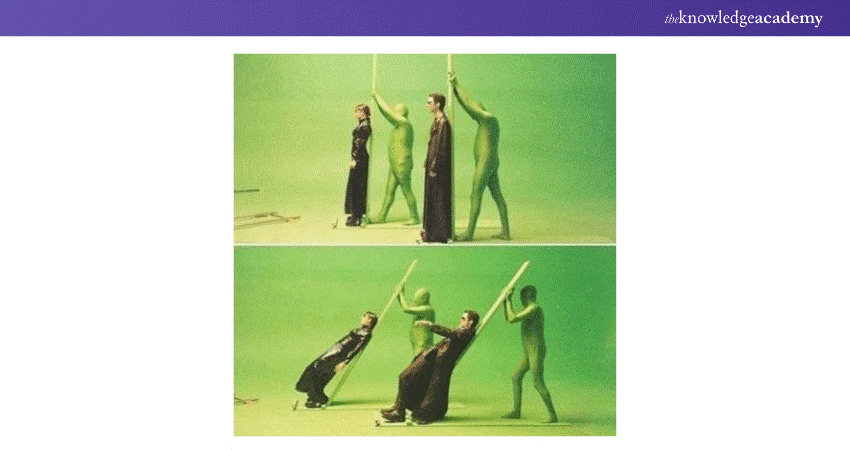
In post-production, this colour is made transparent, allowing a different background to be inserted. Green screens range in use from simple tasks like altering the setting of a phone conversation to creating elaborate action scenes, as seen in the Marvel Cinematic Universe.
Motion Capture
An enhancement of CGI, motion capture (or “mo-cap”) records an actor’s facial expressions and movements to overlay animated elements accurately. Actors don motion capture suits with sensors to capture their physicality and head-mounted cameras for facial expressions.

This data is then transformed by VFX teams into digital characters. Actor Andy Serkis’s portrayal of Gollum in “The Lord of the Rings” series was a pioneering use of mo-cap, paving the way for actors to deliver complete performances as CGI entities.
Learn how to make logic to decide the behaviour of your epic game with our Unreal Engine 4 Game Development Training – join today!
How Do I Create VFX?
Immersing yourself in the world of Visual Effects (VFX) can be a thrilling journey, and while watching films can ignite your passion, mastering VFX requires more than just a trip to the cinema. There’s a wealth of resources available for learning VFX, including online courses and specialised university degree programs, all of which contribute to the History of VFX.
When it comes to creating VFX, you have two main avenues:
Starting from Scratch
To craft VFX independently, you’ll need to start with the right software. Although premium software often comes with a price tag, there are free options available that offer a range of features. A solid foundation in drawing, lighting, modeling, and photography will greatly enhance your VFX work.
For DIY VFX, recording original footage is essential. This can be done with a smartphone or any digital camera. Here’s how to proceed:
1) Making a VFX Shot List: Consider each shot as a layer in a composite shot, beginning with the background and layering forward.
2) Selecting Locations: Determine the setting of your video or film and any location-specific considerations. You may need to capture footage from various places.
3) Matching Lighting: Discrepancies in lighting between your background and VFX elements can be glaringly obvious, so it’s crucial to maintain consistent lighting throughout.
Using Existing Stock Video
Starting with stock video can provide a significant advantage. Some stock footage is specifically designed for VFX use, simplifying the creation of composite footage and yielding more polished results. Alternatively, you can film your own videos and enhance them with stock VFX elements like snow or explosions.
Multiple online resources offer an extensive library of stock VFX and templates for popular software such as After Effects, Premiere Pro, and DaVinci Resolve. These templates enable quick and easy integration of pre-designed VFX into your projects across various categories.
Software to Create VFX
|
Feature |
Adobe After Effects |
Nuke |
HitFilm Pro |
Houdini |
DaVinci Resolve |
|
Usage |
Industry-standard for motion graphics and VFX |
Preferred for high-end film production compositing |
Great for indie filmmakers and VFX artists |
Known for procedural generation and VFX |
Strong in colour grading and video editing with VFX capabilities |
|
Workflow |
Layer-based compositing |
Node-based compositing |
Layer and editor timeline-based |
Node-based procedural workflow |
Timeline-based editing with node-based colour correction |
|
3D Integration |
Limited 3D capabilities without plugins |
Deep 3D compositing |
3D compositing and Visual Effects |
Full 3D environment for modelling, animation, and effects |
Improved 3D compositing and motion graphics |
|
Learning Curve |
Moderate to high |
Steep |
Moderate |
Steep |
Moderate |
|
Price |
Subscription-based |
High-end pricing for professionals |
Free version available; Pro version is paid |
Tiered pricing based on usage |
Free version available; Studio version is paid |
|
Special Features |
Extensive plugin support, Roto Brush for rotoscoping |
Multichannel workflow, Deep Image compositing |
Unified 3D space, built-in particle simulator |
Advanced dynamics and simulation tools |
Fairlight for audio post-production, Fusion for VFX |
1) Adobe After Effects
A leading choice for VFX, Adobe After Effects boasts a vast array of effects for image and video manipulation. Its AI-powered Roto Brush makes rotoscoping effortless, allowing for precise object extraction with minimal adjustments needed. While it does present a learning curve, most users can quickly become proficient with practice.
Adobe After Effects is crucial in VFX since it has an outstanding array of tools which makes it possible for the artists to design very complex animations and effects. It has become almost a necessity for animators and designers who need to put into practice their creative ideas in an accurate and efficient manner due its compatibility with other software tools.
2) Nuke
Nuke caters to both novices and professionals with over 200 nodes and sophisticated compositing tools. It has embraced Machine Learning to enable effect previews across multiple shots, enhancing workflows like matte creation and beauty fixes. Nuke also supports industry-standard technologies such as Open EXR.
3) HitFilm Pro
Combining Visual Effects, video editing, and 3D compositing, HitFilm Pro is user-friendly and ideal for beginners. Its comprehensive feature set is favored in Hollywood productions and excels in chroma keying, particle effects, and motion tracking in both 2D and 3D.
4) Houdini
As one of the most sophisticated VFX and video editing platforms, Houdini specialises in fluid dynamics and character animation with tools like KineFX. This suite combines motion capture and keyframe animation for lifelike results, offering rapid rendering and advanced fur and hair capabilities.
5) DaVinci Resolve
This feature-rich video editing suite includes tools for cutting, colour correction, keyframing, and audio editing. It even enables audio transcription within clips for content-based media searches. Its AI-driven voice isolation track FX is perfect for cleaning up voice recordings.
With a well-crafted interface and motion editing capabilities, DaVinci Resolve allows for the swift addition of professional effects using our customisable templates, all backed by Storyblocks’ extensive media library.
What are the differences between SFX and VFX?
Visual media has been utilising Special Effects for over a century and a half. In 1857, Oscar Rejlander pioneered the first special effect by merging parts from 32 different negatives into a single composite image, known as “Two Ways of Life (Hope in Repentance).”
The inaugural special effect in motion pictures was crafted by Alfred Clark in 1895 for “The Execution of Mary Stuart.” In a scene depicting the beheading of Mary, Queen of Scots, an actor portraying Mary positioned herself at the chopping block. The filming halted, the scene was paused, and the actor was substituted with a mannequin. Upon resuming, the executioner’s axe fell, severing the mannequin’s head, creating a convincing effect. Such practical Special Effects continued to be the mainstay in filmmaking for the following century.
It’s common to use the terms VFX and Special Effects (SFX) interchangeably, but they actually denote distinct concepts. VFX refers to digital enhancements added in post-production, while SFX are practical effects created on set during filming.
|
Visual Effects (VFX) |
Special Effects (SFX) |
|
Created digitally using a computer. |
Utilise tangible elements like prosthetic makeup and pyrotechnics. |
|
Realised in post-production. |
Recorded live on set. |
|
Digital effects that enhance the visual storytelling. |
Practical effects that integrate with the story’s progression. |
|
Enhance, create, or manipulate images for various media. |
Employed on-location with models, animatronics, and makeup. |
|
Digitally produce elements like fire and rain. |
Use actual elements, such as fire, fake rain, and snow machines. |
|
Generally more costly, time-consuming, and require skilled designers. |
Tend to be less expensive, faster, and easier to produce. |
|
More cost-effective for large-scale sets, like adding snow to landscapes. |
Challenging to produce cost-effectively for extensive scenes. |
|
Can appear “fake” if not executed well. |
Usually look realistic as they are recorded in real-time. |
Understand how to create visuals in Pygame with our Python Game Development Training with Pygame – join today!
Conclusion
Now you've delved into the remarkable world of VFX! From mind-bending action sequences to subtle enhancements, VFX are the invisible artists that elevate our movie experiences. So next time you're captivated by the silver screen, remember the magic behind the scenes – the power of VFX!
Learn how to track motion and match moving to integrate graphics with our VFX Visual Effects Training – join today!
Frequently Asked Questions
What is the Purpose of VFX?

The purpose of VFX is to create visually stunning scenes that are impractical or impossible to film in real life. It enhances storytelling by adding fantastical elements, environments, and effects, making movies and games more engaging and realistic.
What is the Benefit of VFX?

The benefit of VFX includes enabling filmmakers to realise creative visions, enhancing visual storytelling, and creating immersive experiences for audiences. It also allows for cost-effective solutions to complex scenes that would be expensive or dangerous to shoot practically.
Is VFX a Special Effect?

VFX, or Visual Effects, is a type of special effect created digitally during post-production. Unlike practical effects performed on set, VFX involves CGI to enhance or create scenes, offering greater flexibility and creativity.
What are the Other Resources and Offers Provided by The Knowledge Academy?

The Knowledge Academy takes global learning to new heights, offering over 3,000 online courses across 490+ locations in 190+ countries. This expansive reach ensures accessibility and convenience for learners worldwide.
Alongside our diverse Online Course Catalogue, encompassing 19 major categories, we go the extra mile by providing a plethora of free educational Online Resources like News updates, Blogs, videos, webinars, and interview questions. Tailoring learning experiences further, professionals can maximise value with customisable Course Bundles of TKA.
What is The Knowledge Pass, and How Does it Work?

The Knowledge Academy’s Knowledge Pass, a prepaid voucher, adds another layer of flexibility, allowing course bookings over a 12-month period. Join us on a journey where education knows no bounds.
What are Related Courses and Blogs Provided by The Knowledge Academy?

The Knowledge Academy offers various Game Development Training, including the VFX Visual Effects Training, Unreal Engine 4 Game Development Training and Python Game Development Training with Pygame. These courses cater to different skill levels, providing comprehensive insights into Game Development Process.
Our Programming & DevOps Blogs cover a range of topics related to Visual Effects, offering valuable resources, best practices, and industry insights. Whether you are a beginner or looking to advance your VFX skills, The Knowledge Academy's diverse courses and informative blogs have got you covered.
Upcoming Programming & DevOps Resources Batches & Dates
Date
 VFX Visual Effects Training Course
VFX Visual Effects Training Course
Fri 21st Feb 2025
Fri 25th Apr 2025
Fri 20th Jun 2025
Fri 22nd Aug 2025
Fri 17th Oct 2025
Fri 19th Dec 2025






 Top Rated Course
Top Rated Course



 If you wish to make any changes to your course, please
If you wish to make any changes to your course, please


